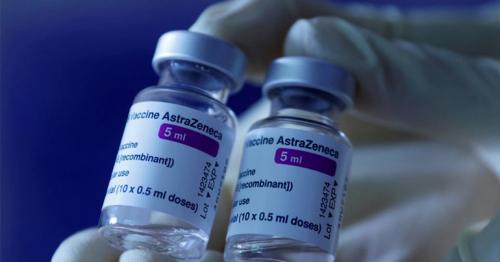HIV and Women: 9 Common Symptoms
8. Pelvic inflammatory disease (PID)
Pelvic inflammatory disease (PID) is an infection of the uterus, fallopian tubes, and ovaries.
PID in HIV-positive women may be harder to treat. Also, symptoms may last longer than usual or return more often.
9. Advanced symptoms of HIV and AIDS
As HIV progresses, symptoms can include:
- diarrhea
- nausea and vomiting
- weight loss
- severe headache
- joint pain
- muscle aches
- shortness of breath
- chronic cough
- trouble swallowing
- In the later stages, HIV can lead to:
- short-term memory loss
- mental confusion
- coma
The most advanced stage of HIV is acquired immune deficiency syndrome (AIDS).
At this stage, the immune system is severely compromised, and infections become increasingly hard to fight off. A person receives a diagnosis of AIDS when their CD4 cell count falls under 200 cells per cubic millimeter of blood (mm3).
At this point, the risk of certain cancers increases. These so-called “AIDS-defining cancers” include Kaposi sarcoma, non-Hodgkin’s lymphoma, and cervical cancer (which is specific to women).
Reducing the risk of HIV
HIV is transmitted through bodily fluids. This can happen through sharing needles during drug use or through sexual intercourse. Key ways to reduce the risk of HIV include the following:
not sharing needles when using injected drugs
taking pre-exposure prophylaxis (PrEP), a preventive medication intended for people with known risk factors for HIV
not douching after sex; it can alter the natural balance of bacteria and yeast in the vagina, making an existing infection worse or increasing the risk of contracting HIV and STDs
using a condom, properly, if not in a monogamous relationship with an HIV-negative partner
Women without HIV who have HIV-positive partners aren’t at risk of contracting the virus if their partner uses HIV medications daily and achieves viral suppression, though ongoing use of a condom is recommended.
According to the Centers for Disease Control and Prevention (CDC), HIV-positive people pose “effectively no risk” of transmitting HIV when their viral load is consistently measured at fewer than 200 copies of HIV per milliliter (mL) of blood.
Knowing the risk factors is an important part of HIV prevention. Discover more ways to prevent HIV and other STIs here.
The importance of getting tested
If the above symptoms are present, and there’s concern about the possibility of HIV, a good first step is to get tested. It’s the only way for a person to know for sure if they have HIV.
The CDC actually recommends that everyone between the ages of 13 and 64 get tested at least once for HIV, regardless of their risk. If a person has known risk factors, it’s a good idea for them to be tested annually.
Testing is easy and can be performed confidentially in a medical provider’s office or anonymously at home or at a testing site. Local public health departments, as well as resources such as HIV.gov, offer information on finding testing sites.
Next steps
If HIV test results were negative but symptoms are still present, consider following up with a healthcare provider. Symptoms such as a rash may be a sign of a serious medical condition, even in people without HIV.
If HIV test results were positive, a healthcare provider can assist in coming up with a treatment plan. The condition can be managed with proper treatment, and recent advancements have significantly improved the life expectancy of people with HIV.
Also consider seeking support from these organizations dedicated to helping girls and women with HIV:
The Global Coalition on Women and AIDS
Positive Women’s Network – USA
The Well Project
WORLD (Women Organized to Respond to Life-threatening Diseases)
/ Source: healthline





Comments